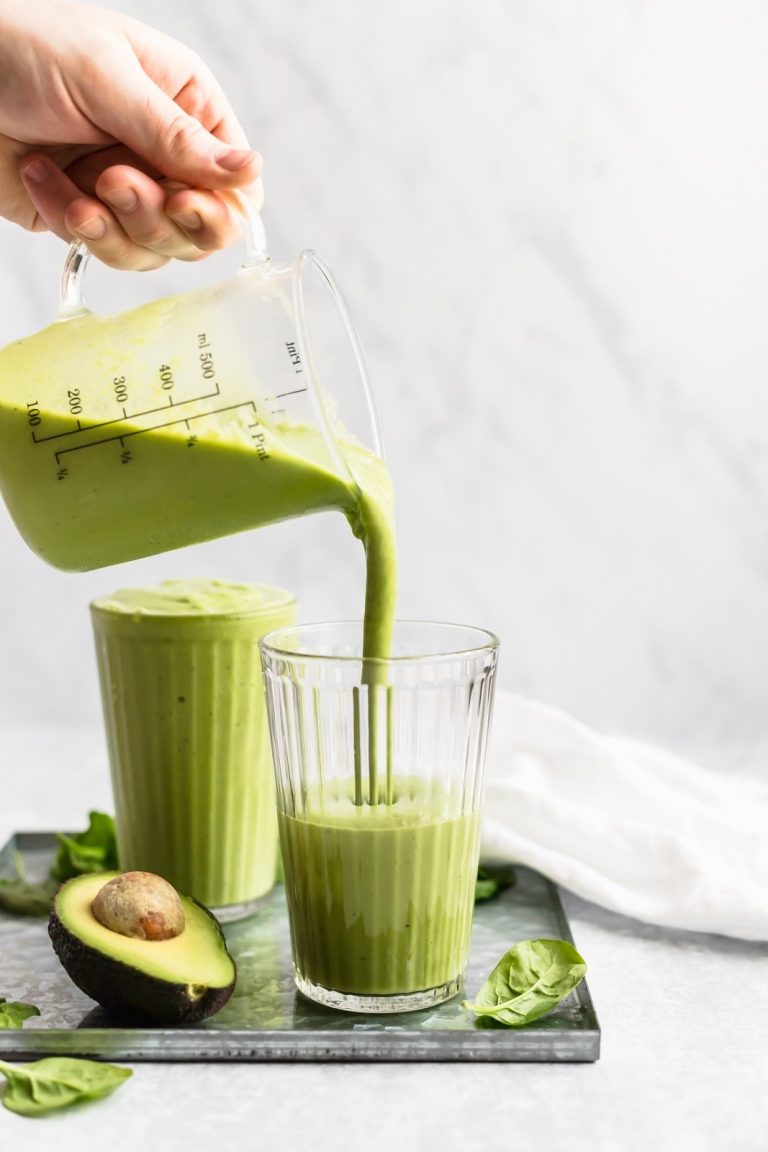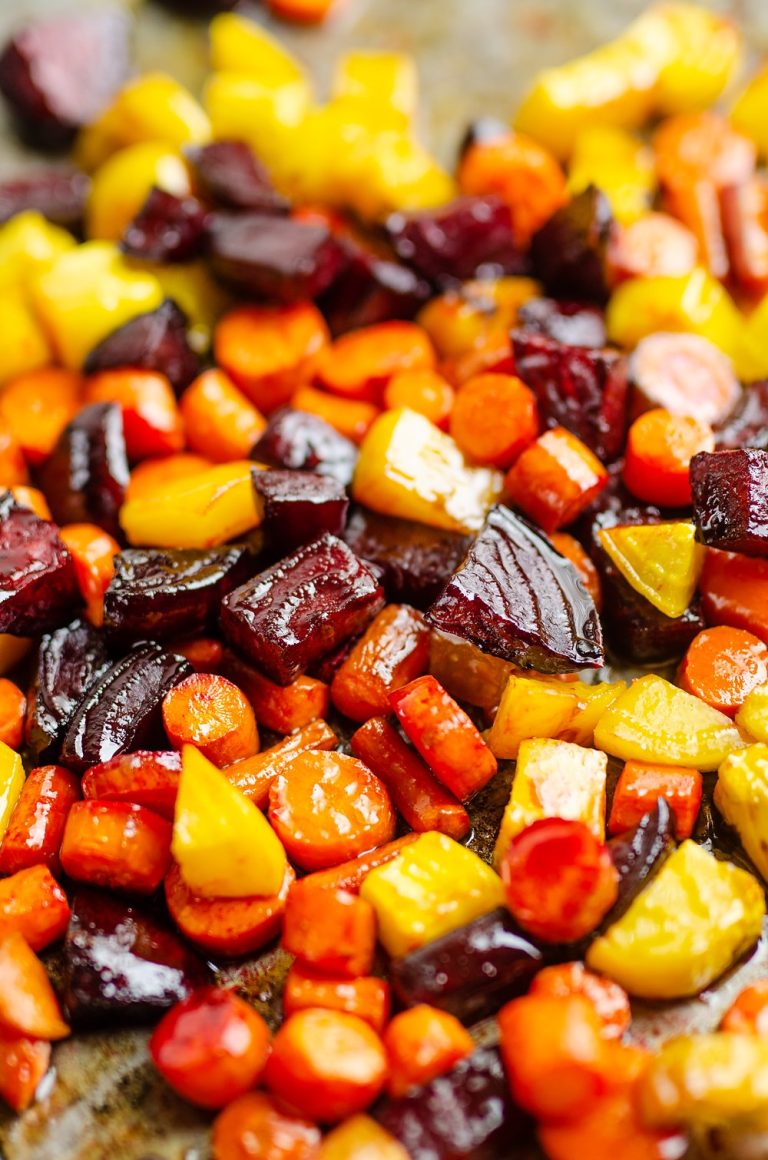Kitsune Udon Recipe: A Traditional Japanese Delight to Make at Home
Kitsune Udon combines rich folklore with culinary delight. The name “Kitsune,” which means “fox” in Japanese, links to the mythical creatures in Japanese folklore, believed to love aburaage (sweet fried tofu). Udon refers to the thick wheat noodles that form the dish’s foundation. This noodle dish’s name stems from the belief that foxes find aburaage irresistible, making it a symbolic and flavorful component.
Key Ingredients
Kitsune Udon comprises several essential elements:
- Udon Noodles: Thick, chewy noodles made from wheat flour, water, and salt provide the dish’s hearty base.
- Dashi Broth: A savory broth made from kombu (kelp) and katsuobushi (dried bonito flakes) brings a depth of umami flavor.
- Aburaage: Sweet fried tofu pouches, marinated in a soy-based sauce, offer a delectable contrast to the savory broth.
- Scallions: Freshly chopped scallions add a burst of color and mild onion flavor.
- Fish Cake (Kamaboko): Often added for extra protein and flavor, fish cake slices enhance the dish’s complexity.
These ingredients combine seamlessly to create a comforting, aromatic meal that embodies Japanese culinary tradition.
Exploring the Taste Profile
Texture and Flavor of Udon Noodles
Udon noodles provide a unique base for Kitsune Udon. These thick wheat noodles have a chewy texture. Their mild flavor allows the dashi broth’s taste to shine. When cooked, udon noodles absorb the broth, enhancing their overall taste. They also offer a pleasant mouthfeel, making each bite satisfying.
The Role of Aburaage in Kitsune Udon
Aburaage adds a sweet-savory contrast to the dish. Sweet fried tofu, marinated in soy sauce, mirin, and sugar, brings a rich flavor. Its slightly crispy exterior and soft interior complement the chewy udon. Aburaage absorbs the dashi broth, enriching the dish with additional layers of flavor. It’s essential for balancing the simple taste of udon noodles.
Regional Variations of Kitsune Udon
Popular Styles Across Japan
Kitsune Udon varies by region due to local tastes and available ingredients. In Osaka, the dashi broth is light and made from kombu and dried bonito flakes. Aburaage slices are thinner, offering a crispy texture. In contrast, Tokyo’s version features a darker, soy-rich broth with thicker aburaage, giving the dish a richer flavor. Kyoto’s delicate approach uses a clear broth flavored with high-quality kombu, emphasizing the natural sweetness of the aburaage.
Local Adaptations Abroad
Outside Japan, Kitsune Udon adapts to local tastes while retaining its core elements. In the US, variations often include added vegetables like spinach and mushrooms. European renditions may use local fish varieties for the broth, enhancing the flavor profile. In Southeast Asia, spicy elements like chili are introduced, combining local culinary habits with traditional Japanese flavors.
How to Make Kitsune Udon at Home
Essential Ingredients and Tools
To make Kitsune Udon at home, you’ll need specific ingredients and tools to ensure an authentic taste. Here’s what you’ll need:
- Udon noodles (fresh or dried) – Thick and chewy noodles
- Dashi granules – Instant or homemade for the broth
- Aburaage sheets – Fried tofu pockets
- Soy sauce – Light soy sauce for flavor
- Mirin – Sweet rice wine
- Sugar – For sweetening the aburaage
- Scallions – Sliced for garnish
- Kamaboko – Fish cake slices for garnish
Tools:
- Large pot – For boiling noodles
- Medium saucepan – For cooking broth and aburaage
- Strainer – To drain the noodles
- Knife and cutting board – For slicing ingredients
Step-by-Step Cooking Guide
Follow these steps to prepare Kitsune Udon at home:
- Prepare the Aburaage: Boil aburaage sheets in hot water for 2 minutes to remove excess oil. Drain, then simmer in a saucepan with soy sauce, mirin, and sugar for 5-7 minutes until the liquid is absorbed.
- Cook the Udon Noodles: Boil the udon noodles in a large pot of water according to package instructions. Drain and rinse under cold water to stop cooking.
- Prepare the Dashi Broth: Dissolve dashi granules in boiling water following package proportions. Add soy sauce and mirin to season.
- Assemble the Dish: Divide cooked noodles into bowls. Pour hot dashi broth over the noodles.
- Add Toppings: Place prepared aburaage sheets on top of the noodles. Garnish with sliced scallions and kamaboko slices.
Your Kitsune Udon is ready to serve. Enjoy this traditional Japanese dish with authentic flavors right in your home.
Conclusion
Kitsune Udon offers a delightful culinary journey that blends tradition with regional and international influences. Whether you’re savoring the light broth of Osaka or experimenting with local adaptations, this dish provides a versatile and satisfying meal. By following the detailed guide, you can easily recreate this iconic Japanese dish at home, bringing a taste of Japan to your kitchen. Enjoy the harmonious flavors and textures that make Kitsune Udon a beloved favorite worldwide.




